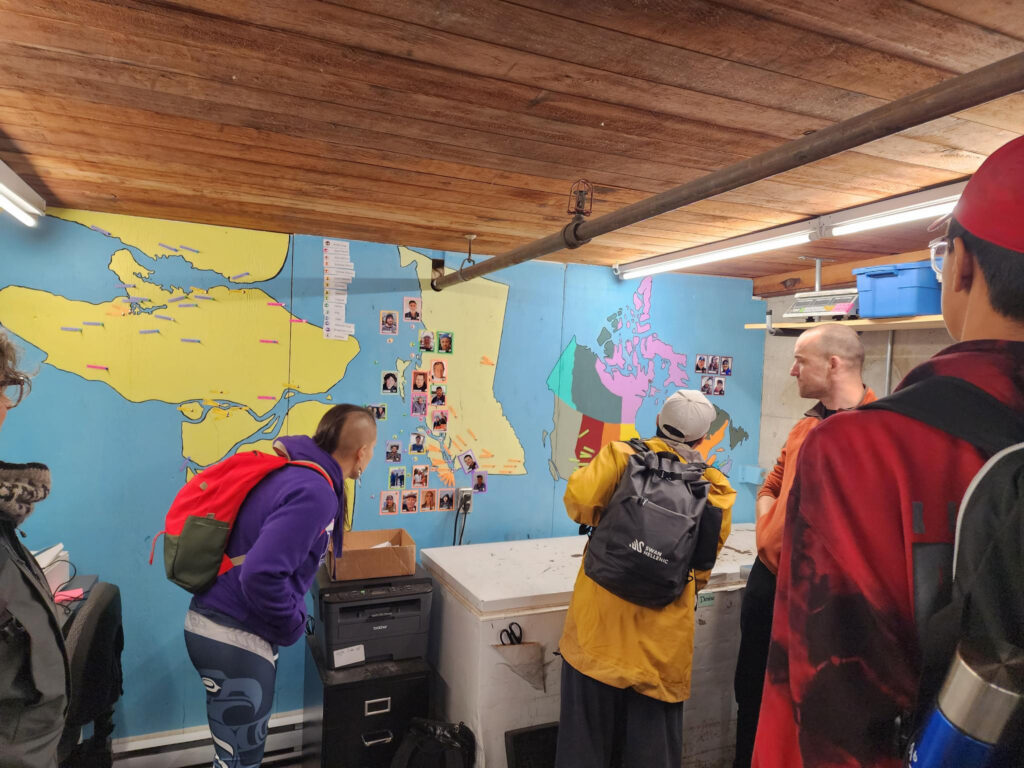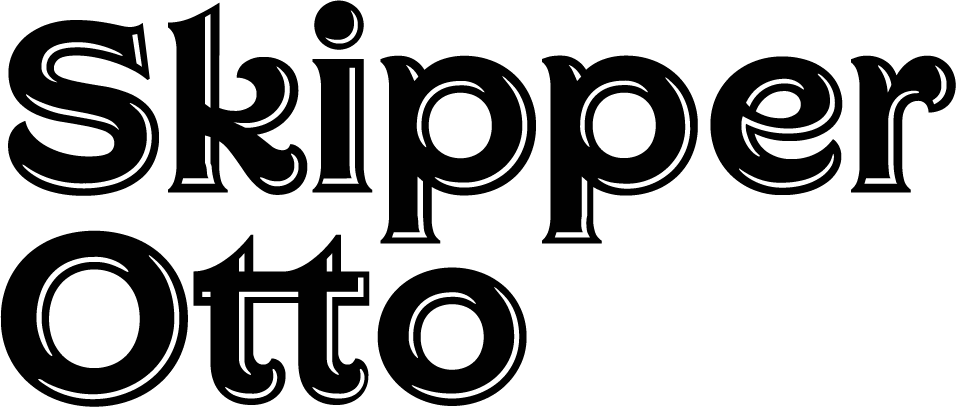(Photo credit: Justin Milton, a young Inuit man from Pond Inlet, explains what fish mean to Inuit)
All this week, I am honoured to be a guest at a North-South knowledge sharing circle with Inuit youth convened by our friends at two great non-profit organizations: Ikaarvik and Ocean Wise. Ikaarvik is the Inuktitut word for bridge and this organization truly is a bridge in so many ways. They bring together traditional Inuit knowledge systems and conventional western/ southern science to help protect the abundant marine ecosystems and grow sustainable fisheries in Canada’s north. Sitting in the circle with me this week is a small but diverse group of brilliant, thoughtful folks from Canada’s north and Canada’s south, Inuit, Métis, and First Nations folks, fishers and fisheries managers, as well as scientists and NGO leaders. And everyone in the room brings a unique and valuable perspective to some pretty big questions like “what do fish mean to you?” and “what do you mean when you say sustainable.” If you’ve been reading my blogs for some time, then you’ll know this is my happy place. In this room, I am learning so much about Inuit and Nuu-chah-nulth culture, language, family, traditions, and science. It is humbling and fascinating and I know I will be synthesizing and incorporating my learnings and new relationships for months and years to come!
As I’ve been listening, sharing, and wrapping my head around the diversity of lived experiences and perspectives in the room, I’m struck by the profound challenge ahead: how can Inuit, with the support of southern allies, persist in their traditional way of life and protect the abundance of Canada’s arctic, while developing stable and profitable commercial fisheries that benefit their communities? With very few existing commercial fisheries in the north, and a soon-expiring moratorium on foreign offshore fishing in the arctic, Canada’s Inuit have a rare opportunity to retain control and design of their fisheries and ensure that the mistakes we’ve made in managing ownership and control of our resources in the south, to the detriment of our coastal and Indigenous communities, aren’t repeated in the north.
At one point this week, when my head was swimming with how to even begin to tackle these enormous challenges, my eyes fell to the handiwork of a woman sitting to my left. Shelly is a multi-generational settler from Pond Inlet, Nunavut, who grew up amid Inuit traditions and is a great embodiment of Ikaarvik – the bridge – between northern and southern, Inuit and non-Inuit perspectives. She had told me that it’s common for northerners to sew, or bead, or work on other projects during meetings. It keeps their hands busy so their minds can think. She was carefully cutting out some odd felt shapes. During the break she placed the three odd shapes in front of me and a young Métis woman to my right, who was working on a beading project, asked if we could make them into a mitten. We puzzled over the three shapes, passed them back and forth between us, and finally admitted defeat. Shelly smiled and told us a story. Once in a meeting with her Inuit colleagues, she was trying to sew mittens as she’d been taught by Inuit elders. Her Inuit colleague looked at her work and scrunched up her eyebrows and nose (a gesture I had learned earlier that day essentially means ‘no.’). Shelly knew she was doing something wrong with the mitten, but she just figured she’d “fix it” so she kept fiddling and adjusting. By the end of the meeting, Shelly realized she needed to ask for help. Her colleague took one of the pieces and flipped it over and Shelly realized she needed to pick it apart and start fresh. Shelly said this was a humbling lesson for her. Often we think we already know everything and that if something isn’t working, we just need to fiddle with it, tweak it, persist in our way of doing it, even when it’s just not working. In fact in our settler culture, Shelly explained, we’re rewarded for this kind of “heroic” individualism and so conditioned to believe we should just be able to forge ahead and figure things out for ourselves. But sometimes, we ought to notice when we’re surrounded by people who have more experience than us, to stop, ask for help, to listen, and be ready to accept that someone else might have a better way. And that sometimes, you might need to start over fresh instead of insisting that your way will work if you just tweak it a little. When she finished speaking, she placed the three pieces of felt in a simple way that showed how they would become a mitten. It was brilliant and humbling. I’d made mittens before but this Inuit design was far superior to the way I’d made them. And maybe the answers to designing abundant and sustainable fisheries was like this too. Instead of assuming the way the Government of Canada has designed them or the way that nonprofits have “certified” and “recommended” fisheries as “sustainable” is good but just needs a little tweaking, perhaps in Canada’s north, there’s an opportunity to stop, listen, learn, and design differently with a different set of outcomes and objectives.
I share this example as just one of many lessons I’m learning this week. That, in general, in our efforts toward Truth and Reconciliation in this country, we non-Indigenous folks would do well to be aware of our tendency to forge ahead as heroic individuals, trying to tweak and solve things in isolation, rather than starting by listening with an open mind to the abundant opportunities to something new from Indigenous Canadians. But even in my choice to share this story, I’m conscious of my own bias –and question my choice as a non-Indigenous person to share the story of another non-Indigenous person rather than to share one of the many profound stories shared by the Inuit youth from Pond Inlet and Gjoa Haven (here’s a link to some of their thoughts), or the Métis woman who works for Ha’oom Fisheries Society implementing Nuu-chah-nulth fishing rights, or the Mowachaht/Muchalaht First Nation Nuu-chah-nulth fisherman and fisheries manager. But then I worry that I have no business telling the stories of Indigenous people or that I would be othering or objectifying by doing so. I worry that by not being honest and not sharing my personal and specific experiences, I run the risk of being vague and making broad brush-stroke platitudes that do nothing to contribute toward reconciliation. And so each day, I try to show up with humility, a growth mindset, and a deep commitment to do my best to listen and learn, and apply what I’m learning to manifesting the recommendations of the Truth and Reconciliation Commission.
Ikaarvik has reminded me of the power and importance of bridge-building. It’s central to what we do at Skipper Otto – reconnecting communities of fishers and seafood-loving home cooks, communities that are often intentionally separated by the industrial food systems for the purpose of extraction and profit. Like Ikaarvik, we believe that by repairing personal and meaningful relationships between communities of people, the real work of justice, truth, and reconciliation is undertaken. And so on this Truth and Reconciliation Day, I am reinvigorated to the work at hand for the year ahead, the real work of listening and learning, to building bridges between communities, and, as a result, to building a better future for generations to come.
Written by: Sonia Strobel

(Photo credit: Inuit and Métis guests from the Ikaarvik workshop visited the Fishermen’s wharf and looked with interest at the map of where all our fishing famillies fish)
Sonia - September 29, 2023




